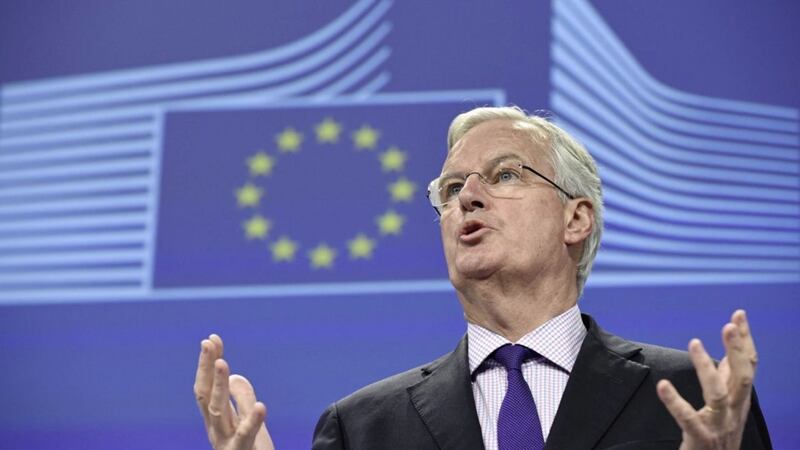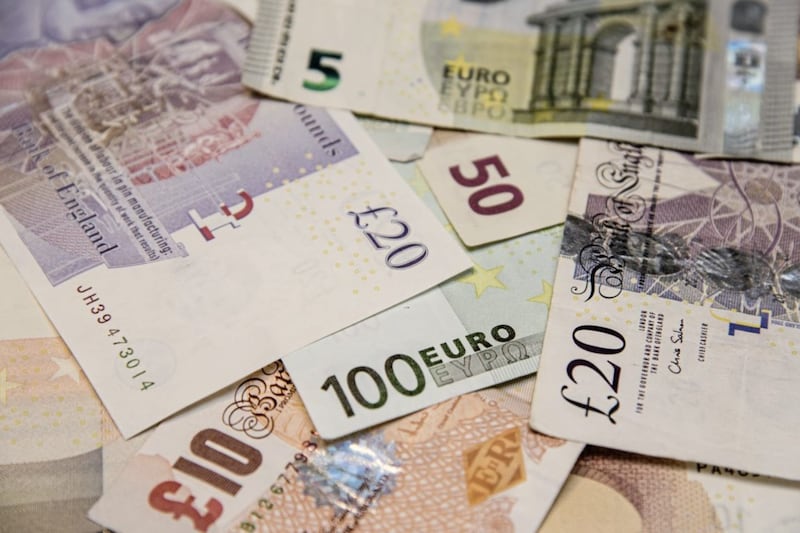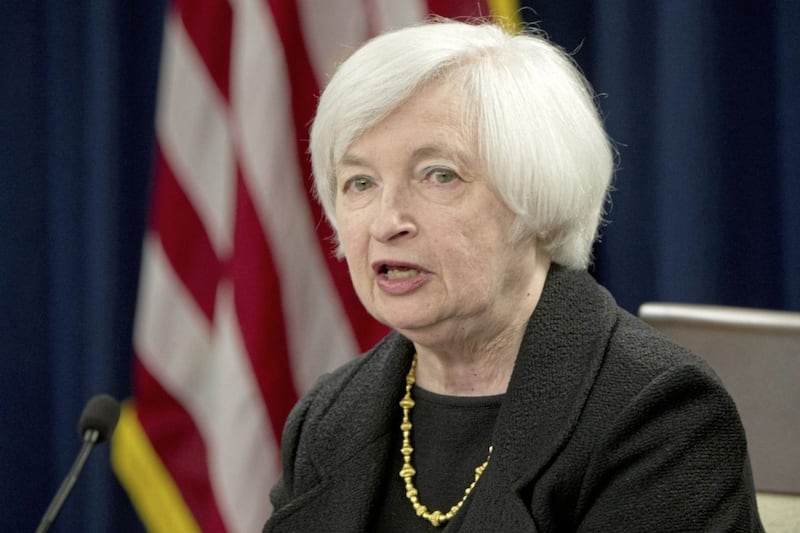THE official Brexit process finally gets under way this week. And last week Michel Barnier, the EU’s chief negotiator on Brexit, went a long way last week in outlining how the exit talks with the UK are likely to proceed.
A number of points came shining through. The EU is very much up for reaching a broad free-trade agreement with the UK, but this must be based on “a level playing field” in areas such as the environment, taxation, labour law and consumer rights that avoids “regulatory dumping”.
He recognised that this could take time to agree, so there may be a need for transitional arrangements post-Brexit. These cannot amount to a cherry-picking of the Single Market and must be subject to European law. He warned of dire consequences if no deal is done and stated that “the no deal scenario is not our scenario. We want a deal”.
But before the EU can move to discuss trade and its future relationship with the UK, there must be agreement first on the “principles for an orderly withdrawal”, including guaranteeing the rights of EU and UK citizens post-Brexit, settling the financial accounts and dealing with the new borders of the EU, in particular Northern Ireland. The sooner agreement is reached in these areas, the sooner the EU can move on to discussions on the future relationship with the UK.
Barnier emphasised that there is no punishment for leaving the EU and the aim is to “succeed with the British, not against them”. His strong signals on the benefits of a deal echo sentiments expressed by other senior European politicians, such as the influential German Finance Minister, Wolfgang Schäuble. Obviously, the exit talks will be difficult, but the EU is leaving the door open to a deal that could avoid some of the major downsides of a ‘hard’ Brexit.
Data-wise, eurozone flash HICP for March will be closely followed this week, given its importance to ECB policy deliberations. While headline inflation has been on an upward trend in recent months, core inflation (ex-food & energy) remains muted. Indeed, the ECB has emphasised that measures of underlying inflation “have remained low and are expected to rise only gradually over the medium term”.
Headline inflation is forecast to edge down to 1.8 per cent in March, from 2 per cent, with the data likely impacted by last year’s earlier timing of Easter. Meantime, core inflation is expected to have remained at a subdued 0.9 per cent for a fourth consecutive month.
The eurozone calendar also features a number of survey data releases for March. This includes the EC eurozone economic sentiment index. It is predicted to have remained at a very encouraging level, reinforcing the view that growth in the eurozone picked up pace in quarter one. This mirrors last week’s strong eurozone PMI data.
In the US, core-PCE inflation for February is an important release. It has been stuck in a 1.6-1.7 per cent range since the start of last year. Although, Fed Chair Janet Yellen recently stated that she expects core-PCE inflation is “going to move up to 2 per cent”. It is forecast to have held at 1.7 per cent in February.








